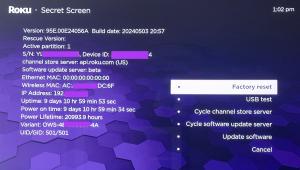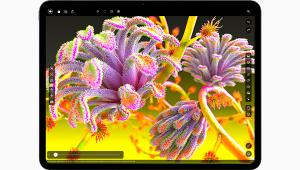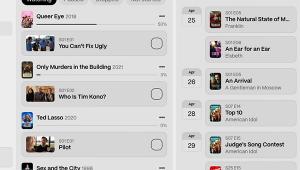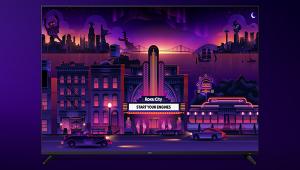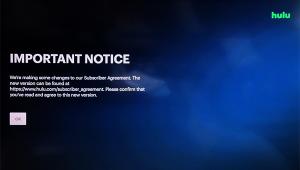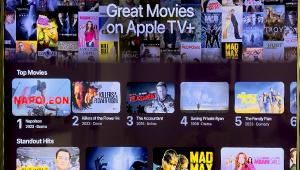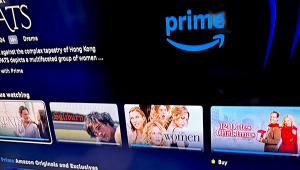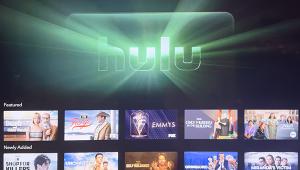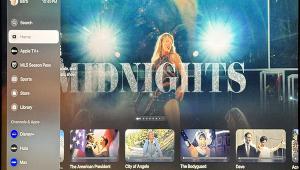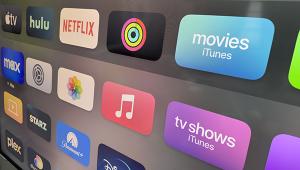2018 Streaming Media Player and Content Roundup: It’s All About Convenience
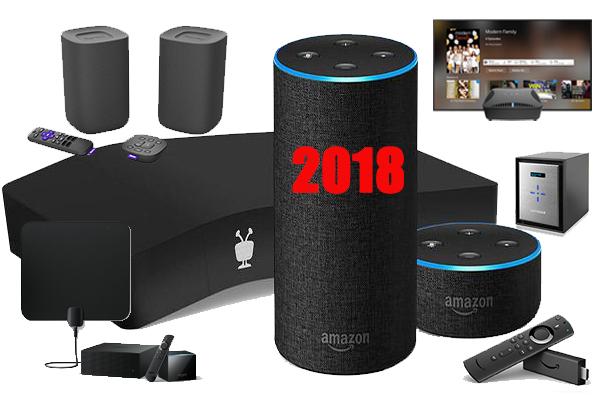
Wirelessly connected TV tuner/DVR devices are making it easy to access local over-the-air live TV, both inside the home and while on the road. Live TV content is integrated into the Amazon Fire TV home screen as local channels are displayed next to Amazon movies and streaming services like Netflix. On the flip side, TV providers want to make sure they keep their customers from switching away from their set-top boxes by adding streaming service apps like Netflix and Amazon Prime to the TV lineup. Even tuner/DVR devices have added options to subscribe to basic cable channels providing a complete TV package. It’s more convenient than ever for users to access content from all sources and to control its playback.
This is the year that voice control became a viable alternative to using a remote to navigate menus. Whether you speak into a microphone in a remote on an Apple TV, Roku, Fire TV or Nvidia Shield, or use a Google Assistant or Amazon Alexa smart speaker, you can simply ask to “Play Killing Eve” (or any other show) and it will start playing. It’s no longer necessary to search through menus for a cable channel or app to find the show. Apple TV allows users to dictate spelling of login credentials or search terms into the remote mic, foregoing “typing” with arrow keys on the onscreen keyboard. TV power and volume control have been added to the new Fire TV remote. Fire TV, NVIDIA Shield and Apple TV remotes accept home-control commands to turn lights on and off, control a NEST thermostat, and more.
Remotes with microphones may be able to streamline tasks on devices, but not having to search for a remote control is the true hands-free experience. More streaming devices, as well as cable and satellite set-top boxes, can now be paired with Google Assistant- or Amazon Alexa-powered smart speakers. In 2017 Dish TV launched an Alexa skill so users could ask an Amazon Echo speaker to search for titles, switch to a specified channel, and control playback on its Hopper receiver. This year Alexa control was expanded to Dish's Joey extension receivers. New voice commands were added that give users the ability to record programs, start playback of recorded shows, open the Game Finder, and navigate to different home screens. By mid-year, Dish TV also added Google Assistant control to all of its receivers.
Other cable and satellite companies have followed suit: Amazon Alexa can control set-top boxes from DirecTV, Comcast Xfinity, Verizon Fios, CenturyLink, Cox and many more. The TiVo Bolt Vox DVR skill on Alexa lets users switch cable channels, find and record shows, and control playback.
Voice control is expanding to include TVs and home theater control. Roku TVs can be controlled by Google Assistant. Beyond playback, search, navigation and such, the Google Assistant can turn the TV on or off, switch inputs, and control volume. Adding Roku wireless speakers to a Roku TV not only adds improved (stereo) sound to the TV; it offers more voice control with a second remote that can be placed anywhere in the home to power the TV on or off, start and control music playback, and do other tasks from another room.
The Fire TV Cube that was released in 2018, has taken voice control to a new level. The Cube, a Fire TV media streamer combined with an Amazon Echo speaker, listens and responds to commands from across the room to control your home theater. While sitting on the couch or walking into the room, you don’t have to find a remote. Far-field microphones in the Cube accept commands to power on the TV and AVR or soundbar. And this doesn’t require a tedious series of commands; you can simply say, “Alexa, play Jack Ryan ,” and the home theater turns on, switches to the correct inputs and plays the Prime Original TV show from where you last stopped watching.
Amazon further added to its universe with the Fire TV Recast, a Wi-Fi-connected TV tuner and DVR. Local TV access is seamlessly integrated into any Fire TV media player operating system. The recently viewed TV channel is displayed next to Netflix, Amazon Prime videos, and Amazon Prime premium cable channel offerings like HBO, Showtime, STARZ and more.
While other media players don’t have the same level of integration as Fire TV, live TV is nonetheless available through an app that streams from wirelessly-connected TV Tuner/DVRs like TabloAir TV and HD HomeRun. The HD HomeRun takes it a step further, offering an option to integrate streaming cable channels with live local TV. This allows the HD HomeRun app to offer a complete lineup similar to a full-service cable provider. The HD HomeRun can also be integrated into the Plex app, making it possible to further aggregate content by accessing your video library in the same place as live and recorded TV.
As live TV access is added to streaming media players, on the other side, TV providers are increasingly partnering with online streaming services. Providers want to keep users from switching away from their cable box to a media player. Dish TV added a YouTube channel to its guide along with its previous Netflix offering. Comcast’s Xfinity set-top box added the ability to stream Amazon Prime content. DirecTV is letting customers choose to forgo a set-top box, instead streaming its lineup to an app on a media player next to a user’s other streaming app services.
There’s been a lot of focus on innovation in voice control and content integration, but few new devices this year. With the exception of the Fire TV Cube, most new media players that were released in 2018 are upgraded versions of the 2017 models. This year’s new Roku and Fire TV sticks have faster processors for smooth navigation and streaming. Both are capable of 4K HDR streaming with Dolby Atmos audio. The new Fire TV stick, along with the Apple TV 4K, are still the only players with Dolby Vision HDR.
While the Apple TV 4K was released in 2017, Apple’s addition of 4K movies to iTunes has made an impact on the amount of 4K content available. A pleasant surprise, Apple upgraded all previous iTunes movie purchases to 4K versions (where a 4k version was available). This upgrade extends to any movies in a user’s Movies Anywhere library. Movies purchased in Movies Anywhere partner apps — VUDU, Amazon Prime Video, Google Play and Fandango Now — are also upgraded to 4K streaming versions through iTunes.
As we look forward to 2019, announcements have already been made about new content aggregation offerings and new streaming services. Facebook has revealed its plan to offer premium cable streaming channels like HBO, Showtime and more on its Facebook Watch Video app. As licensing deals end, Disney will take back its titles to stream exclusively through its new paid streaming service. In 2018,YouTube launched several paid-service original series. In 2019, Apple TV is poised to join YouTube, Netflix, Amazon Prime and Hulu by releasing its own original series. It appears that media streaming has matured and, for the most part, we aren’t seeing big announcements or new products. We’ll have to keep an eye on what is happening with 8K and TV innovation to see how streaming media and devices will follow suit.
- Log in or register to post comments

